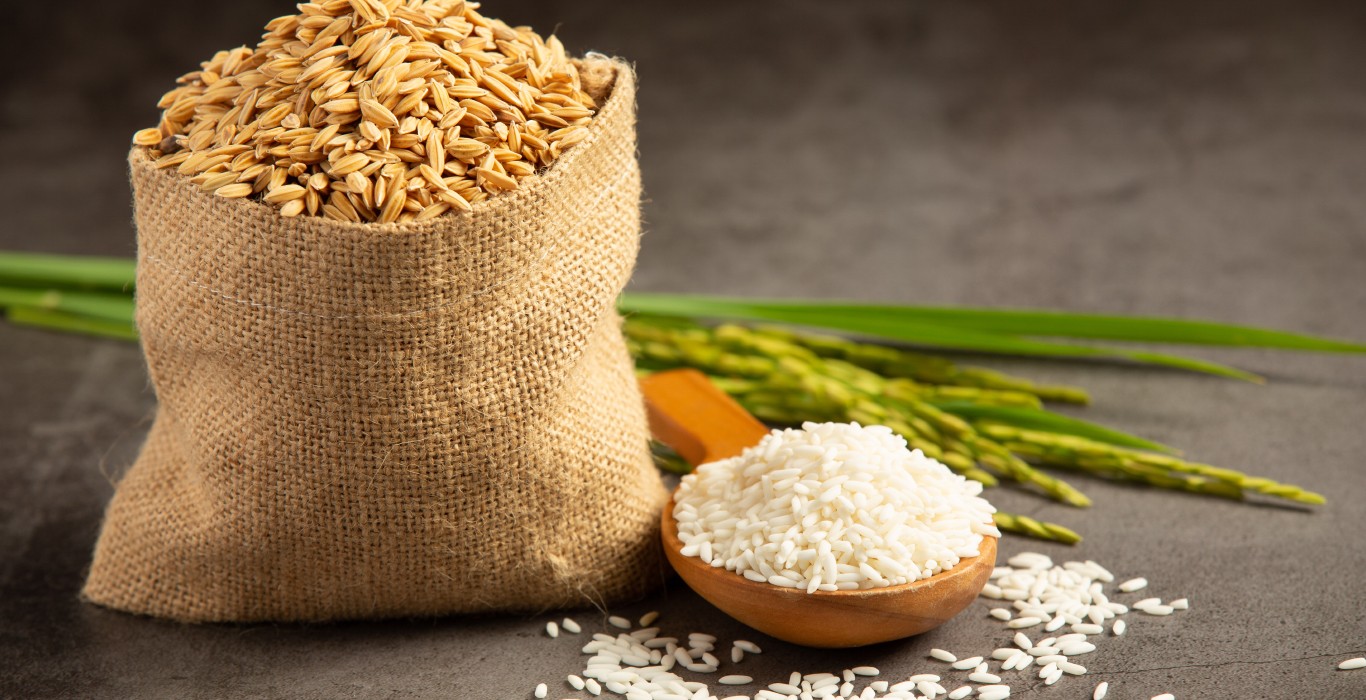Varagu rice, commonly known as Kodo millet, is one of the most ancient varieties of millet. Varagu rice originated in West Africa and is grown in many parts of India, Nepal, Indonesia, Thailand, Vietnam and the Philippines.
Varagu rice or Kodo millet is a drought resistant crop and requires less water and less fertile soil to grow. They are highly nutritious and provide various essential nutrients to our body. Kodo millet tastes like white rice and can be a healthier substitute for white rice in many traditional rice recipes.
What is the other popular name for Varagu rice or Kodo millet?
Varagu rice is called Kodo in Bengali, Varak in Malayalam, Kodra in Gujarati, Punjabi and Marathi, Arikelu in Telugu, Kodo dhana in Hindi, Harka in Karnataka, Kodon in Urdu. Varagu rice is also known as Ditch millet, Indian crown grass, cow grass, and rice grass in many parts of country.
What are the health benefits of Varagu rice or Kodo millet?
Varagu rice offers a myriad of health benefits. Such as:
Great source of protein
Varagu rice is a great source of protein. 100 gm of varagu rice contains 9.8 gm of protein. Thus, it is a great source of protein for vegetarians and helps in building muscles. And plays a vital role in muscular repair and faster recovery.
High in antioxidants
Varagu rice is high in antioxidants like polyphenols. These antioxidants reduce oxidative stress in our body. Kodo millet also contains phytate which helps reduce the risk of cancer.
Strengthen the nervous system
Varagu rice contains a good amount of lecithin which is an essential element for the functioning of the nervous system. Adding varagu rice to your diet helps in strengthening the nervous system.
Good grain option for diabetics
Varagu rice has a low GI index. It absorbs slowly and prevents sugar spikes. This property helps in managing blood sugar levels well and makes it an ideal grain for diabetic patients.
Prevent obesity and help in healthy weight management
Varagu rice is high in fiber and low in calories. It keeps you fuller for longer and helps in losing weight. It also helps in reducing the risk of developing other lifestyle diseases like hypertension and heart disease.
A great option for post-menopausal women
Varagu rice is a great grain option for post-menopausal women who shows sign or risk factors for cardiovascular diseases or have high blood cholesterol level.
Good grain option for those who have gluten intolerance
Varagu rice is a gluten-free grain. Thus, it is a good grain option for those who suffer from gluten allergies or have celiac disease.
Things to remember when introducing Varagu rice into your diet
Though millets are highly beneficial for our health. However, it is important to follow certain precautions while adding millet to your diet.
- Add Varagu rice gradually to your diet. Your body takes some time to get adjusted to a new grain. So, start slowly and then increase the quantity and frequency over time. This approach also helps in preventing digestive issues, which can happen in some people due to the high fiber content of varagu rice.
- Eat in moderation: Again, it is important to eat varagu rice or Kodo millet in moderation, like other whole grains. Eating in excess may result in weight gain.
- Soak the varagu rice before cooking: it is important to soak varagu rice before cooking. Soaking helps to drain out phytic acid from millet grains and helps in the proper absorption of nutrients.
- Avoid using polished varagu rice: while buying make sure to avoid purchasing polished varagu rice or Kodo millet. The polished version may look visually appealing, but it lacks nutrition quotient.
- Safety precaution: sometimes, varagu rice may get infected with fungi like Aspergillus flavour. Consuming infected varagu rice may cause serious health problems like nausea, depression and intoxication. This condition is called Kodo-poisoning. If you develop any of these symptoms after consuming Kodo-millet, then visit your doctor as soon as possible to avoid complications.
Takeaway
The year 2023 has been declared the “International year of millets” by the United Nations. With the ongoing celebration of the “International year of millets”, it is a great time to know about the various millets that are available in India and include them in our daily diet. After all the amazing benefits that millets offer, it is only logical to make it a mainstay in our daily diet for overall health and well-being.







